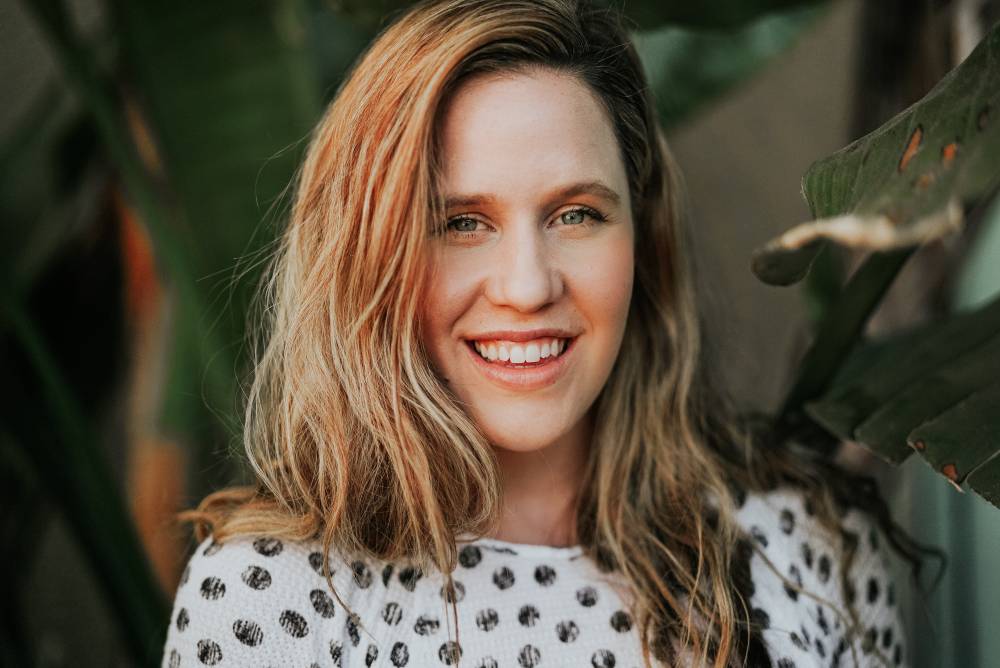
Second-hand clothing may seem like the latest trend for sustainable fashion. But buying and selling old clothes isn't new, even if these eco-friendly practices have been rising in popularity recently.
The second-hand clothing market is completely independent of the main conventional apparel market. It contributes to reducing environmental pollution, textile waste, and greenhouse gas emissions.
Used clothes are also very significant to save money, resources, and create a more circular and regenerative economy. Many fashion brands, designers, entrepreneurs, and organizations are promoting second-hand clothing as a solution to the fashion industry's disastrous impact.
Today's consumers follow the influence of A-list celebrities and social media personalities like Kim Kardashian, or Meghan, Duchess of Sussex, that wear vintage clothing.
There are now so many good reasons and opportunities throughout the world to buy second-hand clothing. It helps with the conservation of natural resources, the reduction of the materials' environmental impact used in garment manufacturing, and of carbon dioxide emissions.
Buying and selling second-hand clothing is more than a trend. It's part of the sustainable fashion movement that drives change in the industry. It's also a more conscious way of consuming clothes.
Especially younger consumers now prefer to reuse, rent, resale, swap, or recycle their clothes. The rise of second-hand shops and online resale marketplaces confirms the increasing interest in thrifting, shopping for used clothing, and accessories.

Fashion used to be slow, local, and expensive before the industrial revolution. People wore garments for a very long time, reused textiles quite often to save materials.
The rise of fast fashion over the last 20 years made us consider clothing as a disposable commodity. Producing, selling, and buying new clothes is now easier, faster, and cheaper than ever before.
Luckily, millennials are a generation known for its environmentally friendly consumption. Second-hand clothing is part of the new fashion habits of millennials.
Many visits several different thrift shops, second-hand shops, and vintage clothing stores to buy items at an affordable price with deep care for the planet in mind.
Here are some of the most recent headlines that reinforce the importance of second-hand clothing for sustainability in the fashion industry.
Panaprium is independent and reader supported. If you buy something through our link, we may earn a commission. If you can, please support us on a monthly basis. It takes less than a minute to set up, and you will be making a big impact every single month. Thank you!
Second-Hand Clothing Is Helping Sustainable Fashion

Second-hand clothing is becoming a thing again. The market for affordable yet stylish used clothes is booming. Why?
Second-hand is helping the growth of sustainable fashion, raising awareness of environmental challenges, and making conscious clothes accessible to more people.
Read more...
Buying Second Hand Clothes Is Ethical

If you want to limit the environmental impact you have when you buy clothing, then second-hand clothes are a good option. Buying second-hand clothes is ethical and benefit from reducing the fashion industry's carbon footprint.
There is an enormous advantage to thrifting, there is no denying that. That even the case when you buy fast fashion second hand. Any garment that is purchased through the second-hand market doesn't save the manufacturing of a new item.
Read more...
Top 10 Advantages Of Buying Second Hand Clothes

Buying second-hand clothing is becoming cool again. There are many advantages of shopping for used clothes and many consumers see it.
Thrifting not only helps your wallet but also the planet! The fashion industry is one of the most polluting industries globally.
It's a great way to deal with textile waste and save a little extra money. Second-hand clothes also help you feel and look great.
Read more...
Is it OK to Wear Second-Hand Clothes?

Second-hand clothing is getting trendy once again. More people now buy and sell clothes in thrift stores, vintage shops, and online resale marketplaces.
Wearing second-hand clothes is an amazing way to protect the planet, save money, and have a unique fashion style with vintage, retro, or classic pieces of clothing. But there are a few things to take into consideration such as quality, hygiene, and sustainability.
Read more...
How Old Do Clothes Have to Be to Be Vintage?

The second-hand clothing market is growing quickly. More and more people are buying old and vintage clothing as well as shopping in resale shops. Purchasing used clothes is becoming fashionable again.
Used pieces of clothing have to be at least 20 years old to be considered vintage. But any great vintage store will have a large variety of items from all ages and for any budget.
Read more...
Pre-Owned Fashion Now Available at Walmart

Walmart just partnered with ThredUp to offer second-hand clothing on its website. It's a great step for more sustainability in the fashion industry.
With its new pre-owned fashion category, Walmart can expect a new source of revenue. It also serves its Corporate Social Responsibility (CSR) for the better.
Read more...
Vagabond Shoemakers Recycles Post-Consumer Shoes

The Swedish shoe brand Vagabond Shoemakers recycles used shoes to reduce waste thanks to innovations. You can bring your old shoes to your nearest Vagabond store for reuse or recycling.
Vagabond's return service first launched in 2017 and offered thousands of post-consumer shoes an extended or new life.
Read more...
Zalora Partners With Vestiaire Collective

Fashion retailer Zalora just closed a partnership with Vestiaire Collective to offer used designer items on its online platform. The eCommerce giant announced the partnership in May 2020.
Read more...
The Nu Wardrobe Affordable Clothes Sharing App

Meet The Nu Wardrobe (Nuw), affordable clothes sharing app and community founded in Dublin Ireland, that aims to enjoy fashion while reducing waste.
Clothes swapping has become a very popular practice over the past few years. It's an amazing way to reduce clothing waste and have access to unique pieces to share with friends, family, and people in your area.
Read more...
Was this article helpful to you? Please tell us what you liked or didn't like in the comments below.
About the Author: Alex Assoune
What We're Up Against
Multinational corporations overproducing cheap products in the poorest countries.
Huge factories with sweatshop-like conditions underpaying workers.
Media conglomerates promoting unethical, unsustainable products.
Bad actors encouraging overconsumption through oblivious behavior.
- - - -
Thankfully, we've got our supporters, including you.
Panaprium is funded by readers like you who want to join us in our mission to make the world entirely sustainable.
If you can, please support us on a monthly basis. It takes less than a minute to set up, and you will be making a big impact every single month. Thank you.






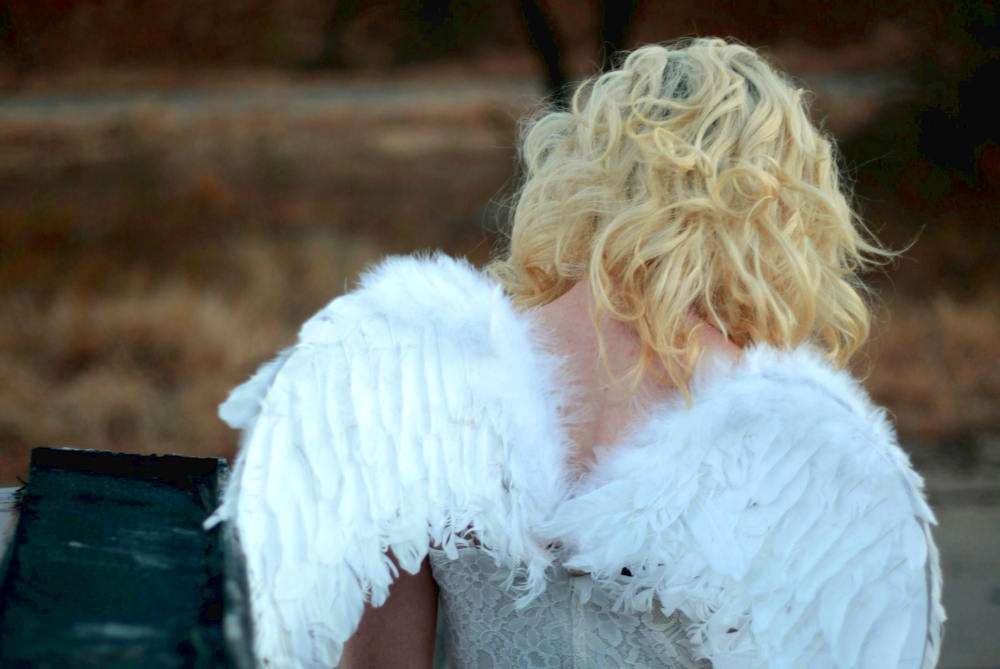














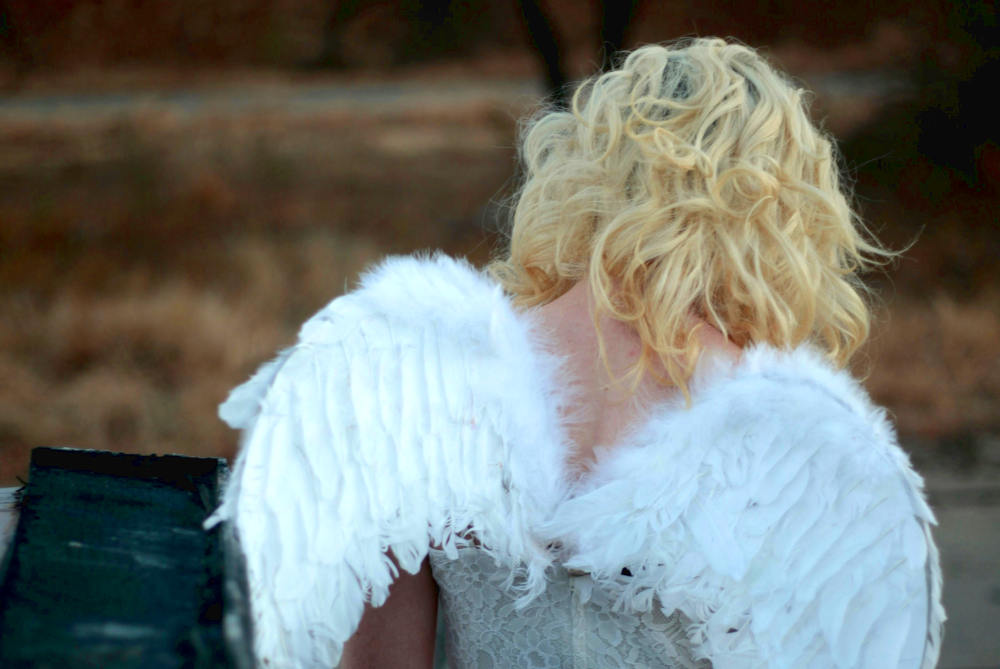
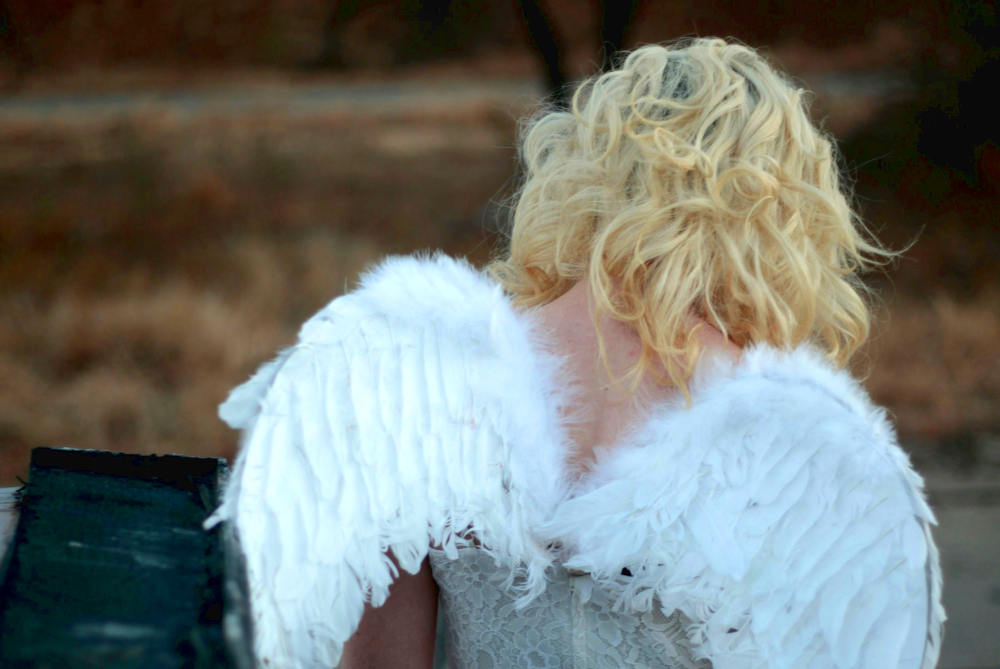
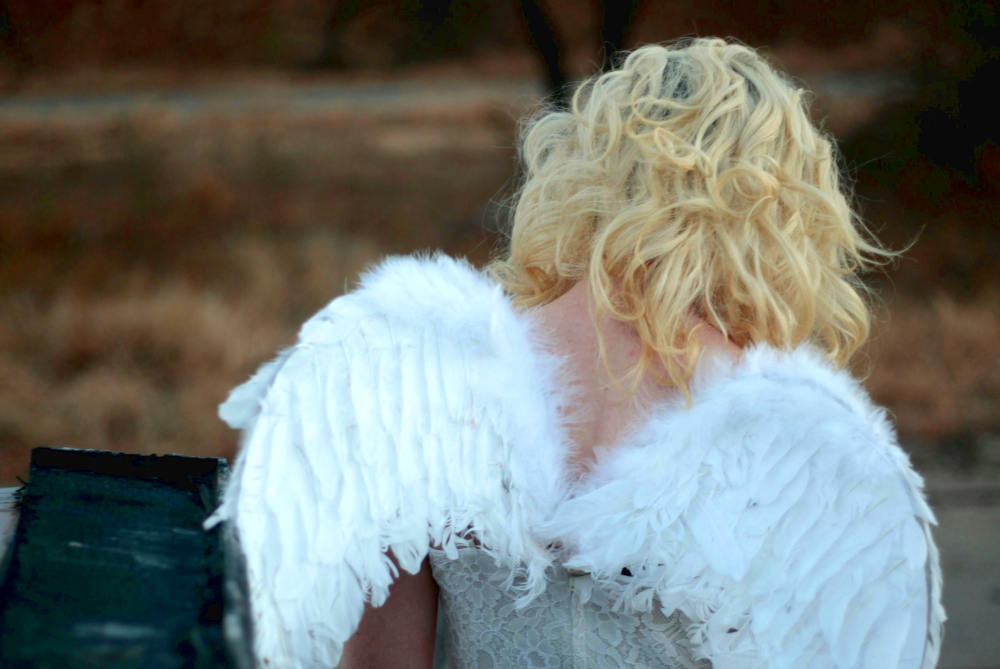
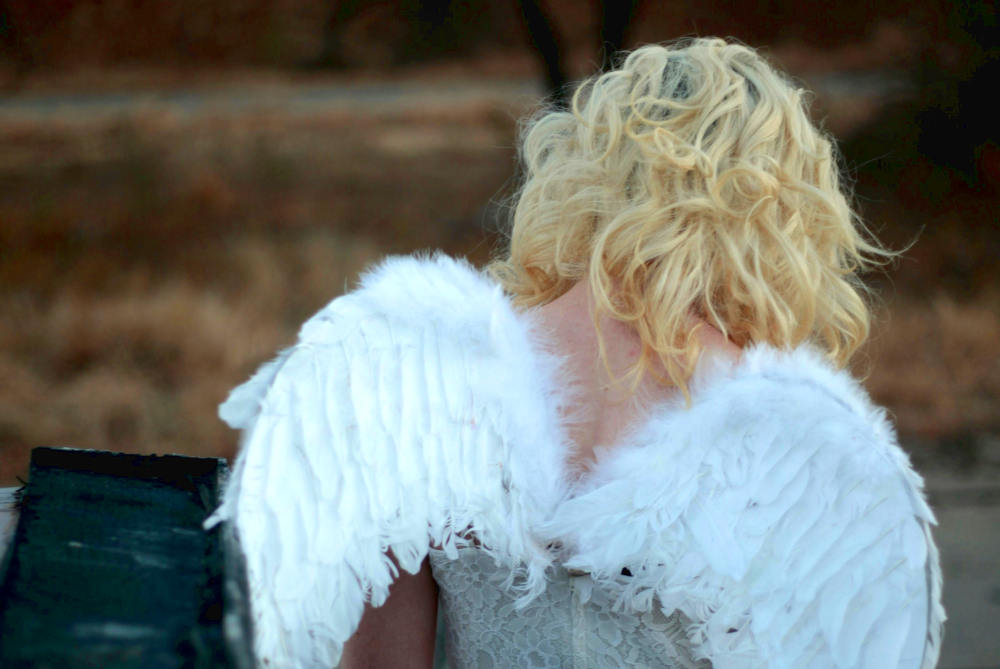







0 comments